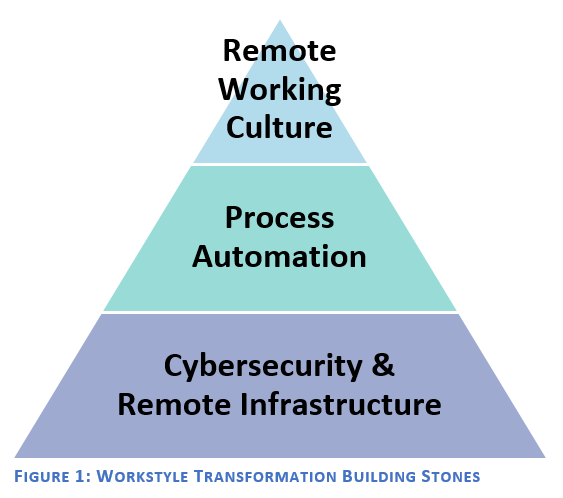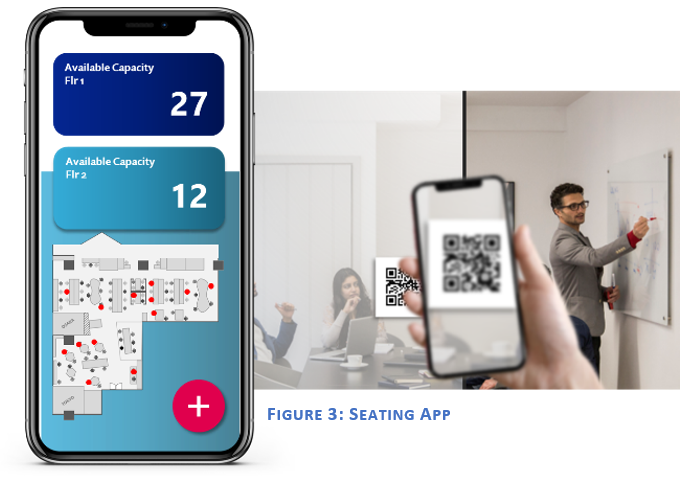The year 2020 has been the worst global economic crisis since the Great Depression of the 1930s – albeit short-lived, with most economic indices bouncing back by the 3rd quarter of 2020. In terms of COVID-19 cases, Thailand has been handling the situation particularly well compared to neighboring countries, Europe or the United States. With the borders of the country closed to most visitors, this has also meant that as early as August 2020, most of the life for the average Thai returned to ‘normal’. For several months many companies had moved their workforces to a remote working style, either completely or partially, a measure that for the most part now has been reversed again with many workers having been asked back to their desks. A handful of companies have embraced remote work as part of their daily operations regardless of the situation of the COVID pandemic, and in this retrospective, we want to highlight their reasons for success and actual results; how many companies managed a successful Workstyle Transformation?
Just as we look back at the solutions and initiatives that showed the most success during COVID-19, Thailand has started to register its highest daily rates of transmission since the beginning of the pandemic. While the situation is under control according to the Department of Disease Control, due to the source of the infection, it shows that the risk of going back to working remotely still exists. New Year countdown events have been canceled (but can resume if the right measures are implemented) and workers are asked to work from home for the next 14 days starting December 21st; a completely voluntary measure at this point.
For some companies, those news start ringing alarm bells; not only because of a potential slump in demand, but an expected decrease in their workers’ productivity. If that is the case, we can assume that previously implemented measures and policies during the first lockdown earlier this year need to be reviewed and put under a microscope.



